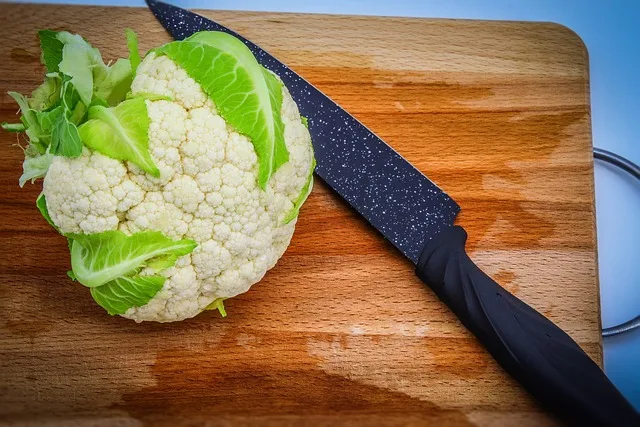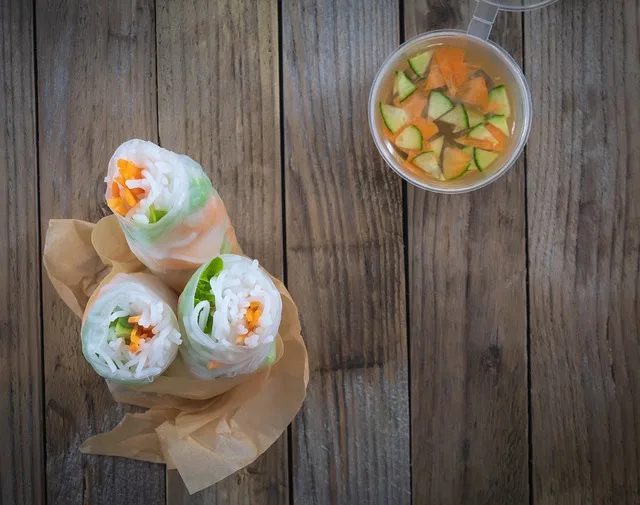First off, think about your daily cooking habits. Do you whip up gourmet meals every night, or are you more of a microwave magician? If you’re the former, keep your pots and pans close to the stove. A pull-out drawer for pots can be a game-changer, making it easy to grab what you need without digging through a mountain of kitchenware.
Now, let’s talk about dishes. Stack your plates and bowls in a cabinet near the dining area. This way, you won’t have to make a trek across the kitchen every time you serve dinner. And don’t forget about your glasses! A dedicated shelf for them, preferably above the counter, keeps them safe and within reach.
Spices are the secret sauce to any great dish, so they deserve a special spot. Consider a pull-out spice rack or a lazy Susan in a corner cabinet. This not only saves space but also makes it super easy to find that elusive cumin when you need it.
And what about those pesky utensils? A drawer divider can work wonders here. Keep your spatulas, whisks, and tongs neatly organized, so you can grab them in a flash.
Lastly, think about your pantry items. Group similar items together—canned goods, snacks, baking supplies—so you can quickly find what you need. It’s like creating a mini grocery store right in your kitchen!
By strategically placing items based on how you cook and use your kitchen, you’ll create a space that feels intuitive and inviting. Who knew organizing could be this fun?
Mastering Kitchen Organization: The Ultimate Guide to Cabinet Placement
First off, let’s talk about the golden rule: keep frequently used items within arm’s reach. Picture this: you’re whipping up a delicious meal, and you have to stretch across the room to grab that spice you use all the time. Frustrating, isn’t it? Instead, place your most-used pots, pans, and spices in the cabinets closest to your prep area. It’s like having your favorite playlist on repeat—everything flows smoothly.
Now, let’s dive into the vertical space. Don’t let those high cabinets go to waste! Use them for items you don’t need every day, like holiday platters or that fancy blender you only use for special occasions. It’s like putting your winter coat in the back of the closet—out of sight but still accessible when the time comes.

And what about those awkward corners? Instead of letting them gather dust, consider installing pull-out shelves or lazy Susans. It’s like turning a hidden treasure chest into a functional space. You’ll be amazed at how much more usable space you can create.
From Chaos to Clarity: How to Optimize Your Kitchen Cabinet Space
First off, let’s talk about the magic of decluttering. Imagine your cabinets as a blank canvas. Start by emptying everything out and sorting items into three piles: keep, donate, and toss. This is your chance to let go of those mismatched lids and that ancient blender you haven’t used since the last millennium. Trust me, you’ll feel lighter!

Next, think about how you use your kitchen. Do you reach for the same pots and pans daily? Place those frequently used items at eye level. It’s like putting your favorite book on the top shelf—easy to grab and hard to forget! For the less-used gadgets, consider stacking them or using the back of the cabinet. It’s all about maximizing that vertical space.
Now, let’s sprinkle in some clever storage solutions. Drawer dividers can be a game-changer for utensils, while tiered shelves can help you see all your spices at a glance. It’s like having a mini grocery store right in your kitchen! And don’t overlook the power of clear bins. They not only keep things tidy but also let you see what you have at a glance, saving you from that frantic search for the last can of beans.
Finally, label everything! It’s like giving your kitchen a personality. Labels help everyone in the household know where things belong, making it easier to maintain that newfound clarity. So, roll up your sleeves and get ready to turn your kitchen cabinet chaos into a beautifully organized space that sparks joy every time you open the doors!
The Art of Arrangement: What Goes Where in Your Kitchen Cabinets?
First off, think about how you use your kitchen. Are you a gourmet chef whipping up elaborate meals, or do you prefer quick, easy snacks? This will guide your arrangement. Place your most-used items—like pots, pans, and utensils—within arm’s reach. Imagine cooking a delicious pasta dish and having everything you need right at your fingertips. It’s all about efficiency!
Next, consider grouping similar items together. Store your baking sheets, mixing bowls, and measuring cups in one cabinet. It’s like creating a mini baking station! This not only saves time but also makes it easier to find what you need when you need it. Plus, it gives your kitchen a clean, cohesive look.
Don’t forget about vertical space! Use stackable containers or tiered shelves to maximize every inch of your cabinets. Think of it as building a skyscraper—utilizing height can free up valuable counter space. And let’s be honest, who doesn’t want more room for that fancy coffee maker?
Unlocking Kitchen Efficiency: Smart Strategies for Cabinet Organization
First off, let’s talk about the magic of categorization. Think of your cabinets as a mini grocery store. Group similar items together—pots with pots, spices with spices, and baking sheets with baking sheets. This not only saves you time but also makes it easier to spot what you need at a glance. Ever spent five minutes searching for that elusive spice? Yeah, we’ve all been there.
Next, consider the power of vertical space. Just like stacking books on a shelf, you can maximize your cabinet space by using risers or tiered organizers. This way, you can see everything at once, rather than playing a game of Tetris every time you reach for a pan. It’s like giving your kitchen a fresh breath of air!
And let’s not forget about the beauty of clear containers. They’re like the windows of your kitchen cabinets, allowing you to see what you have without digging through clutter. Plus, they keep your ingredients fresh and your cabinets looking sleek. Who doesn’t love a little eye candy in their kitchen?
Lastly, don’t underestimate the power of labels. They’re like little road signs guiding you through your culinary journey. Labeling shelves or containers can save you from the dreaded “Where did I put that?” moment. It’s a small step that can lead to big changes in your kitchen efficiency.
Cabinet Conundrums: Expert Tips for Storing Kitchen Essentials
First off, think about your cabinet layout. It’s like a game of Tetris—everything needs to fit just right. Start by grouping similar items together. For instance, keep all your baking supplies in one spot. This not only saves time but also makes it easier to whip up that chocolate cake you’ve been dreaming about.
Next, consider using clear containers for your dry goods. Imagine opening your cabinet and instantly spotting that elusive bag of flour. Clear containers not only look sleek but also help you keep track of what you have. Plus, they can be stacked, maximizing your space like a pro.
Now, let’s talk about vertical space. Don’t let those high shelves go to waste! Use tiered organizers or lazy Susans to make the most of every inch. It’s like having a mini supermarket right in your kitchen. You’ll be amazed at how much easier it is to grab what you need without playing a game of “what’s hiding behind the cereal box.”
And don’t forget about the doors! They’re often overlooked but can be a goldmine for storage. Install hooks or small racks to hang measuring spoons or pot lids. It’s a simple trick that can free up valuable shelf space and keep your essentials within arm’s reach.
Frequently Asked Questions
What Items Should Go in Upper vs. Lower Cabinets?
Upper cabinets are ideal for storing frequently used items like dishes, glasses, and spices, keeping them easily accessible. Lower cabinets are better suited for heavier items such as pots, pans, and larger appliances, providing stability and support. Organizing items based on usage and weight enhances kitchen efficiency.
How to Organize Kitchen Cabinets Efficiently?
To efficiently organize kitchen cabinets, start by decluttering and removing items you no longer use. Group similar items together, such as pots, pans, and utensils, and use clear bins or dividers to maximize space. Store frequently used items at eye level for easy access, and consider vertical storage solutions for taller items. Labeling shelves can also help maintain organization.
Best Practices for Storing Pots and Pans?
To effectively store pots and pans, prioritize organization and accessibility. Use a pot rack or wall-mounted hooks to save space and keep items visible. Stack pots with protective liners to prevent scratches, and store lids separately to avoid clutter. Consider using drawer dividers or pull-out shelves for easy access. Ensure heavy items are stored at lower levels to prevent accidents.
How to Maximize Space in Small Kitchen Cabinets?
To optimize space in small kitchen cabinets, utilize stackable organizers, pull-out shelves, and vertical dividers. Group similar items together and use clear bins for visibility. Consider hanging pots and pans or using the inside of cabinet doors for additional storage. Regularly declutter to maintain an efficient layout.
Where to Place Food Storage Containers in Cabinets?
To maximize space and accessibility, place food storage containers in cabinets that are easily reachable. Stack smaller containers inside larger ones to save space, and use clear bins for organization. Consider placing frequently used items at eye level and less frequently used items on higher or lower shelves. Ensure lids are stored with their corresponding containers to streamline the process of finding and using them.